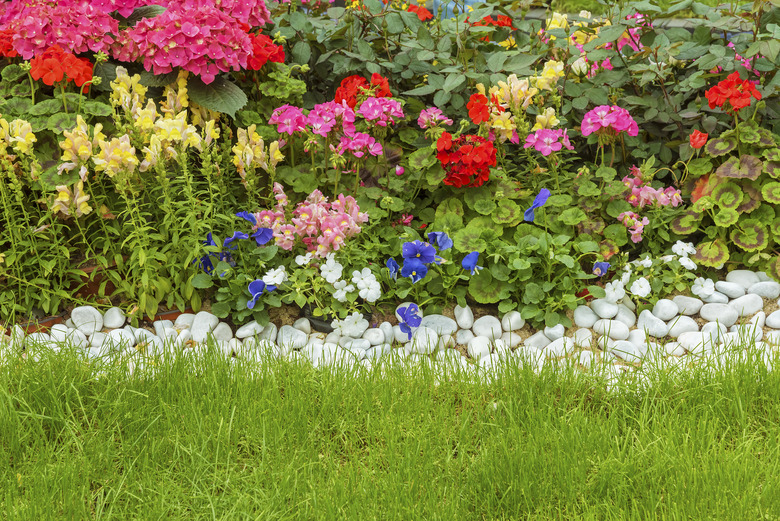Collecting Rainwater To Grow A Rain Garden
Many people have picked up new skills and hobbies during coronavirus quarantine or while spending more time at home social distancing. In the kitchen, people are baking bread and searching for impressive new recipes, while outside, others have been putting their green thumb to the test. If you're a rookie gardener or looking for a more low-maintenance green space, here's how you can plant a rain garden.
Household Items You Can Upcycle for Your Garden
First, scout out your home for a place where rainwater runs off. In residential areas, this will most likely be near a downspout or next to your driveway or sidewalk. Rain gardens should not be placed where water collects but further up slope, so they catch the water before it pools. Remember to keep the garden at least 10 feet away from your home or a neighbor's to avoid adverse moisture problems.
After selecting your area, lay out a rope in the garden shape you desire. Begin removing the topsoil and store it to the side for use later. If your garden is on a level plain, dig a 6-inch deep bowl with sloped sides. For less even surfaces, craft a mound on one end to keep the bowl shape intact. And, if planting on your lawn, preserve the turf for useful compost later.
You can either allow the rainwater to naturally collect in the rain garden or direct the water by creating channels or using a drain pipe buried in your garden.
After removing the topsoil, use a tool to turn the subsoil. Once the subsoil is sufficiently loosened, return the topsoil and add any desired compost. Next, you may elect to either plant first or cover the garden with mulch. When planting, keep the plants in need of high moisture toward the garden's center and those in need of less on the edges.
As a final step, decorate the perimeter of your garden with decorative rocks and boulders. It might not be the most beautiful botanical garden in America, but it will be a lovely and useful addition to your home.
To help your new rain garden thrive, you'll need to know how to help your plants weather heavy downpours and gentle showers. Here's all you need to know about how weather impacts your garden.
